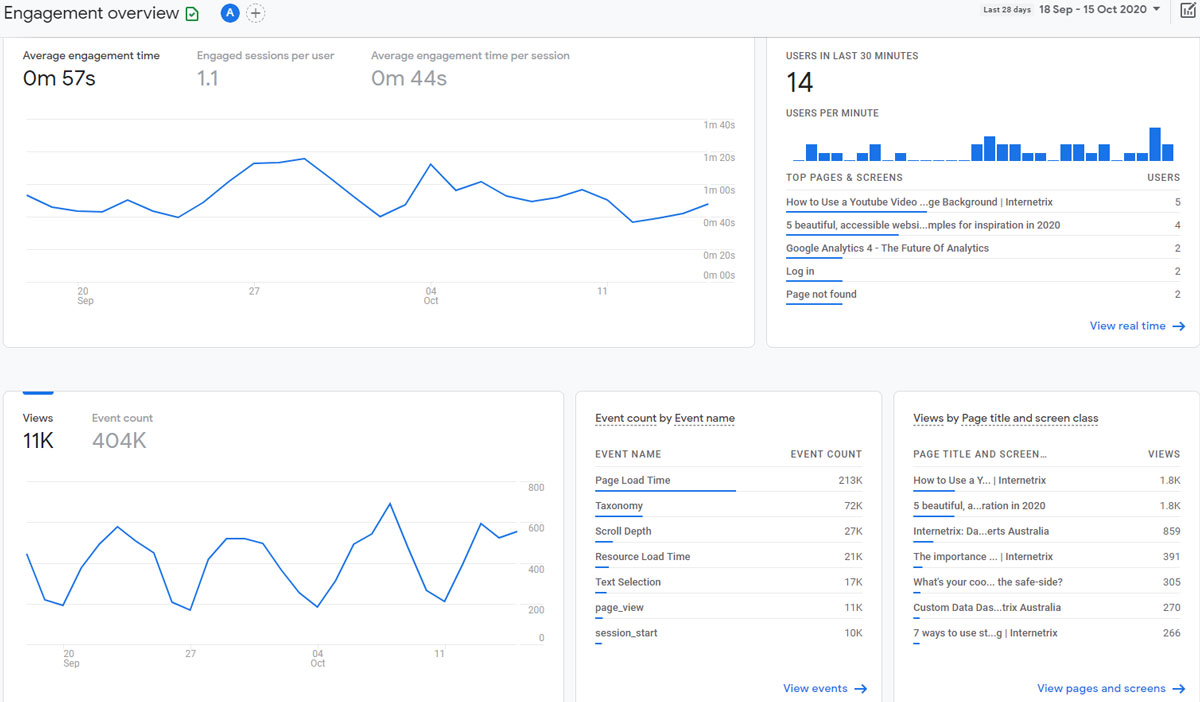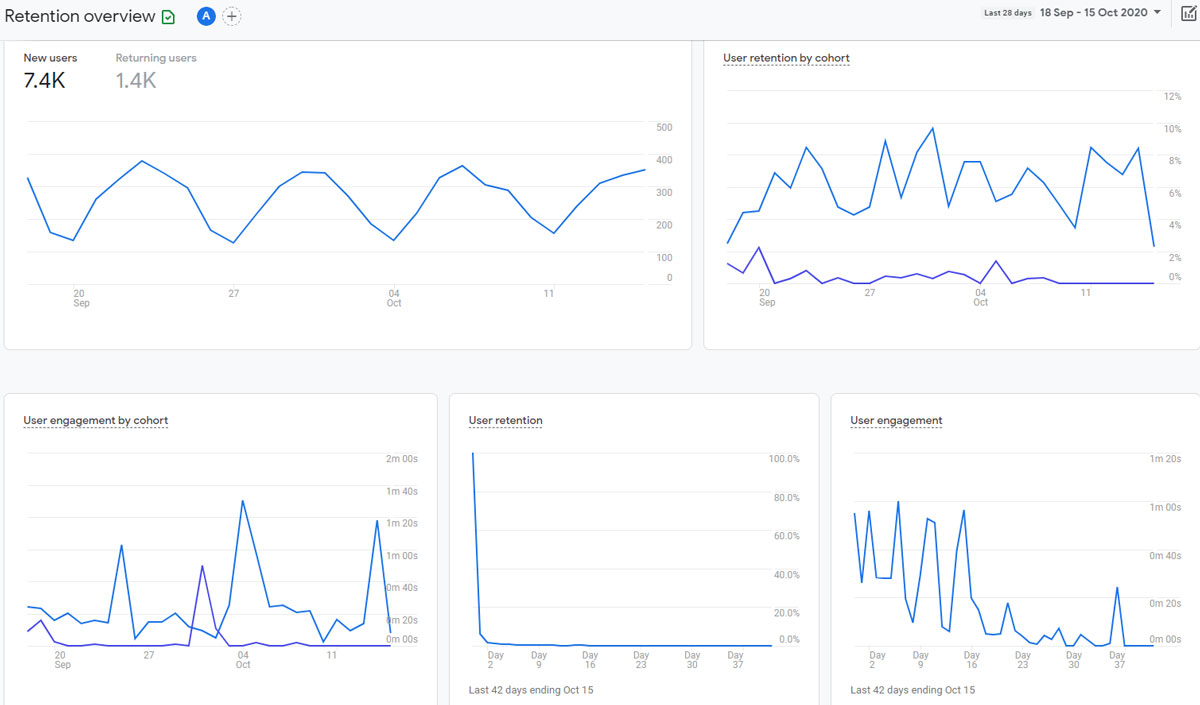As of March 16th, 2022, Google announced that the mainstream version of Google Analytics labeled “Universal Analytics” will be deprecated in July 2023, with Google Analytics (360) enterprise depreciating in October 2023, presenting Google Analytics 4 (GA4) as the future of the platform.
To find out more, download our up-to-date guide to GA4 and Privacy-First Measurement.
GA4 is so much more than a live version of the App+Web beta. It is the future of Google Analytics.
It introduces a whole suite of changes to the platform that will positively impact how users will be able to collect and interact with their data.
Changes to Three Core Features
These changes are improvements to Google’s powerful machine learning and artificial intelligence, a more comprehensive understanding of the customer journey, and is now more future-focused.
Machine Learning and Artificial Intelligence
Google has made upgrades to the machine learning and artificial intelligence capabilities of Analytics.
These upgrades mean that Analytics will automatically generate faster and more accurate insights collected through the property via machine learning.
This will see a huge improvement in real-time reporting. Users will now have more specific insights that have been collected in the last 30 minutes.
The Customer Journey
These new changes will now provide a more complete understanding of the customer journey.
This improvement to customer-centric data is made by bringing together App+Web data at an enhanced scale.
The interface has seen significant upgrades to all key dimensions; acquisition, retention, demographic, tech, events, monetisation (for eCommerce platforms) as well as making Analysis reporting available to all users (Analysis was a tool exclusively available to 360 partners).
Future Focused
GA4 is built to be durable with a focus on future-proofing.
As the general public has become more proactive about protecting their privacy and data, GA4 is built to tackle any potential issues that this might cause for users.
Issues will, mostly, be avoided as accurate data collection will now work with or without cookies or identifiers.
Google’s powerful machine learning and AI will continue to learn about customers, even with gaps in data.
New & Improved Additional Capabilities
Event Editing and Synthesis
Users will be able to enable editing, corrections and fine-tuning of events logged in properties in the UI without needing to make changes to code.
Data Importing
Updates to measurement protocols mean that users can now send data to their property that reflects events occurring outside of their App and or Web property.
Cross-Domain Measurement
Enable measurement of a user’s journey across domains right within the GA4 UI, again without needing to make changes to code.
Life Cycle Reporting
GA4 introduces a new reporting curriculum for re-organised and simplified reporting based around the customer life cycle.
Improvements to eCommerce reporting will see improved templated reports become available for a better understanding of eCommerce funnels.
New Migration Tools
Improvements to the setup assistant mean that GA4 resources will all be in one, easily-accessible place.
The introduction of an automated setup process means that users can start a new property in a few clicks.
How To Get Started
There has been an overhaul of the onboarding flow and GA4 properties are now the new default moving forward when creating properties for new or existing accounts.
All new users will automatically create a GA4 property when opening their first account.
Existing users are encouraged to make GA4 properties that are identical to their Universal accounts to access new features.
To Wrap Things Up
We hope you have found this blog helpful, and as always, if you need any assistance please get in touch.

